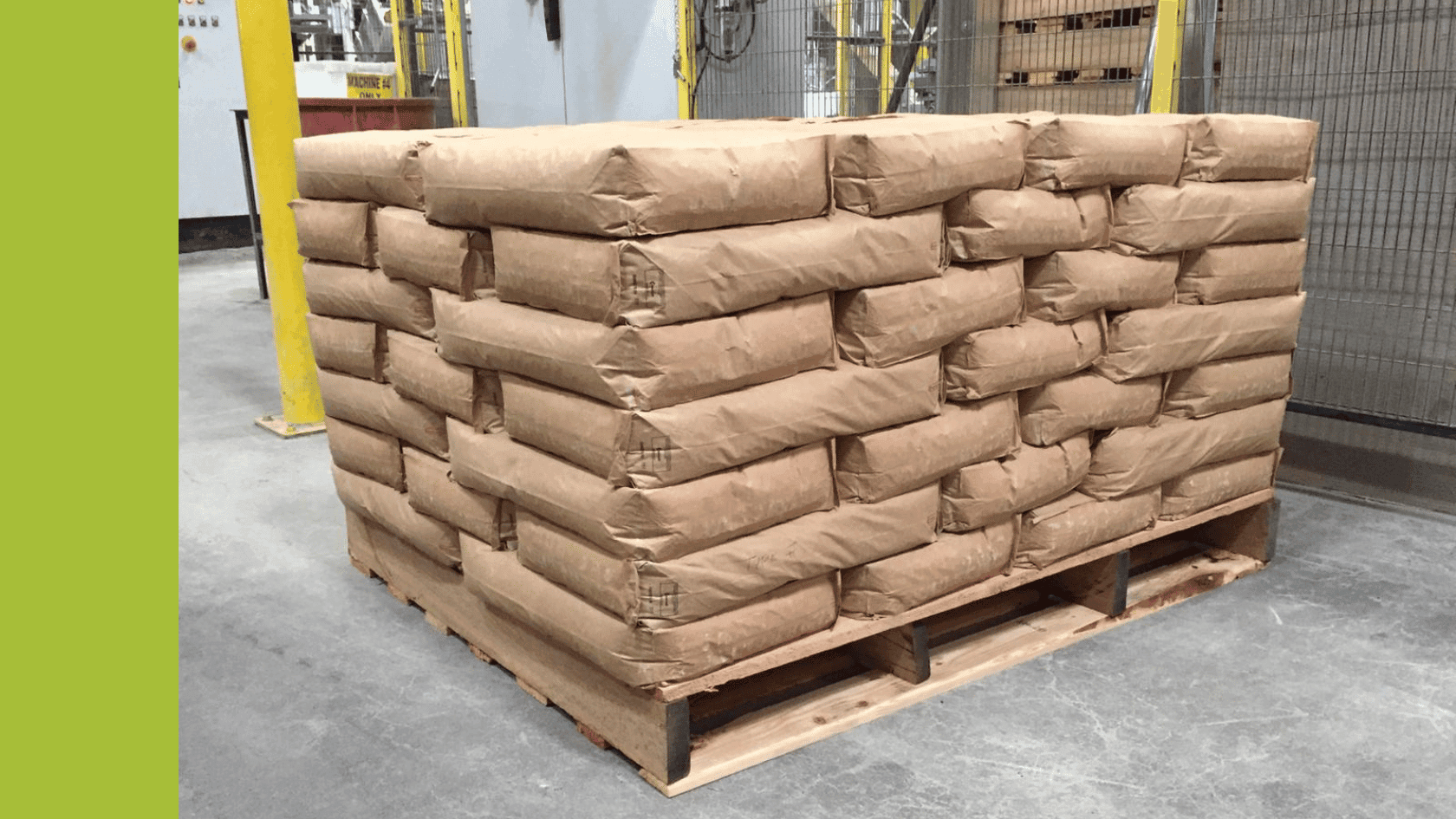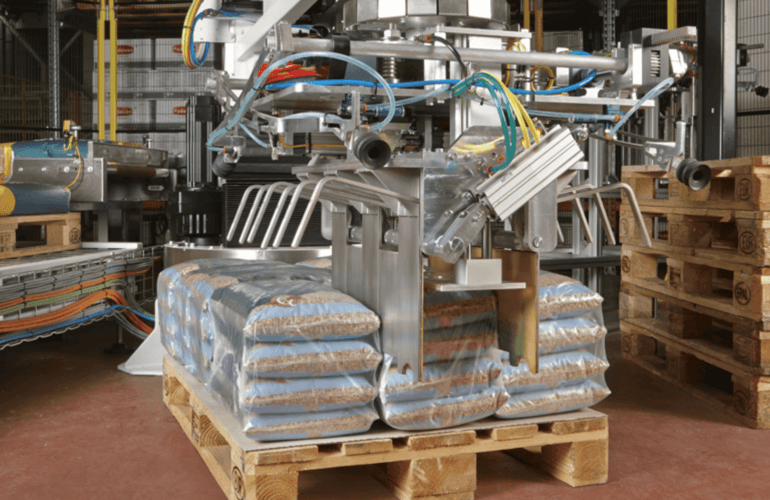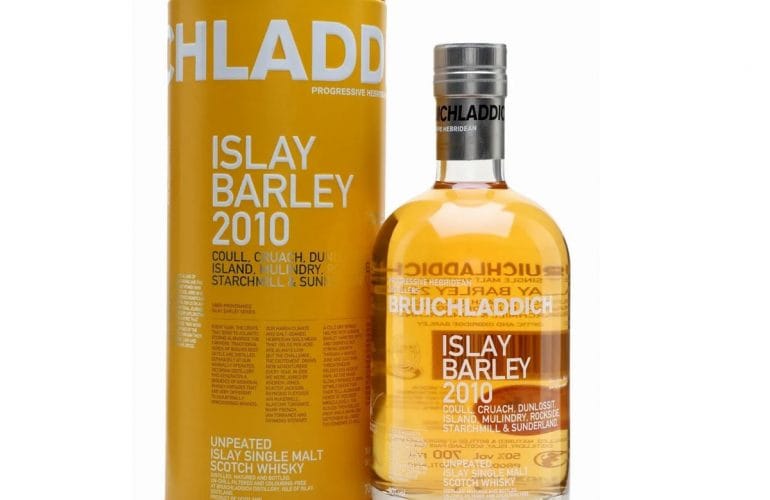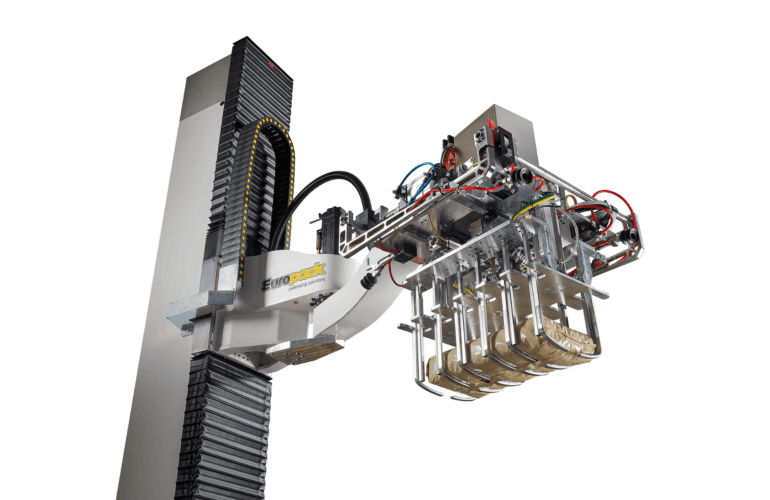Selecting packaging is an important decision. Beyond aesthetics it can play a pivotal role in a product’s success, impacting on end-of-line processes, transport costs and customers’ purchasing decisions.
Why packaging matters
Packaging performs two main roles:
1. Protecting your product
The right packaging ensures that items reach the consumer in pristine condition, protecting them from damage during handling and transportation as well as from environmental factors such as dampness or dirt.
2. Promoting your product
Packaging can also be responsible for creating the first impression that either attracts or deters potential buyers. In stores, well-designed packaging builds your brand, makes your product stand out and ultimately entices end users to lift it from the shelves.
Thinking about how you can best achieve these two goals will help you identify the best type of packaging to use.
What to consider in packaging selection
With the advent of new materials and technology pretty much anything is possible when it comes to packaging, but it’s important not to get carried away with aesthetics, branding or clever design ideas before looking at the whole picture. Will your customers be impressed with a quirky box or do they just want something functional? Similarly, if you’re marketing an environmentally friendly product, try to avoid plastic coverings. Consider the following factors before making any major decisions:
- Product compatibility – Will your chosen packaging work for the nature and dimensions of your product? This is crucial for both protection and presentation.
- Storage and distribution – How is your product being delivered to customers or end users? Will the packaging stand up to rough handling or other transportation challenges? Uniformly sized items minimise space requirements and allow for quicker and easier stacking and storage, making the packing process more efficient and reducing associated costs. Using a palletiser increases efficiency further.
- Cost – You don’t want the cost of your packaging to make your products unaffordable but cheap packaging won’t be as durable. Equally, anyone buying a premium product will expect premium presentation. Finding the right balance between cost and quality is vital.
- Sustainability – Consumers are becoming increasingly aware of the presence of single-use plastics and other non-recyclable elements in their packaging. Opting for recyclable or biodegradable choices will reduce your environmental footprint and may resonate positively with your audience. Be aware that some materials (e.g. coated cardboard) may not be as sustainable as they seem!
- Compliance – Certain products, for example, foodstuffs or sensitive or dangerous goods must be contained and labelled in a particular way. Make sure the packaging you choose has space for the relevant information to be included.
- Branding and marketing – Your packaging should properly reflect your brand and messaging. Think about your target audience, will it appeal to them?
- Production efficiency – Packaging design and type can impact the whole production process. Intricate or complex designs that need careful handling or more human input may slow things down, increasing costs and causing delays.
What packaging options are there?
Taking the answers to the above into consideration you should have a better idea of your budget and other specific requirements. Now, you can match these to the packaging types and materials available to work out which is going to best suit your needs.
Think about materials as well as format – a box or carton doesn’t have to be cardboard, and exploring the options can lead you to find alternative solutions you might not have considered.
- Boxes and cartons. Easily customised and suitable for a wide range of products. Cardboard is the most commonly used and the most cost-effective, but coated cardboard and plastic are also popular, especially for foodstuffs. Wooden boxes or crates may be used to move particularly heavy items.
- Flexible packaging. Includes pouches, bags and wrappers, usually made from plastic. Different plastics such as PET, PVC and HDPE offer different benefits, so do your research into the options. Consider the advantages of using biodegradable plastics too.
- Rigid packaging. Sturdy and durable, this can be made from plastic, thick cardboard or even wood or glass and is usually reserved for luxury items or particularly fragile products. Glass is used particularly in the food and beverage industry.
- Blister packs. These are generally plastic and used for small items. They provide visibility and protection.
Packaging and manufacturing
Choosing packaging is one of the most important decisions you can make and it has the potential to impact the entire manufacturing process, from filling bags to stacking pallets for distribution. The right choice can improve efficiency, reduce costs and set you apart from the competition.




